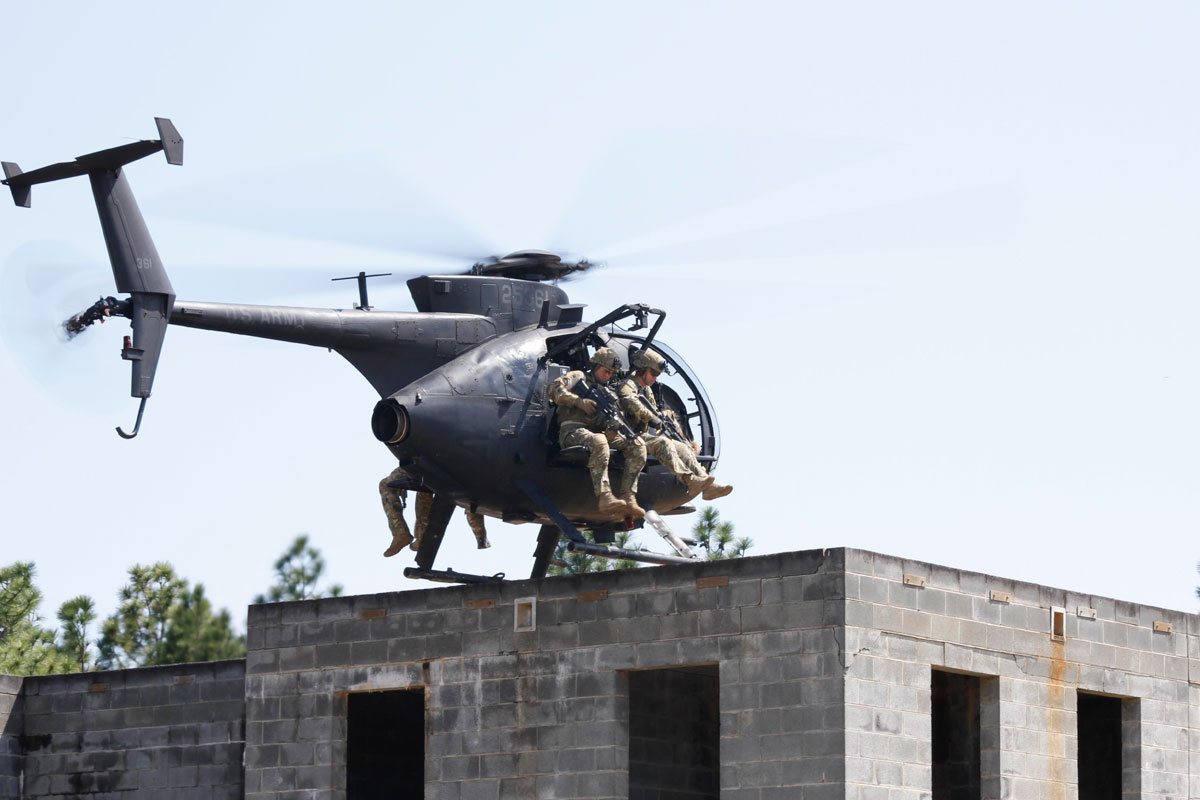Military Bird - This article needs additional citations for verification. Please help improve this article by adding citations to reliable sources. Unsourced material may be challenged and removed. Find Source: Military Macaw – News · Newspaper · Book · Scholar · JSTOR (February 2017) (February 2017) (February 2017) (February 2017)
The military macaw (Ara militaris) is a large parrot and medium-sized macaw that gets its name from its feathers, which usually resemble military parade uniforms. It is native to the forests of Mexico and South America, and although it is considered vulnerable in the wild, it is still commonly found in the pet trade.
Military Bird

The military macaw was officially described in 1766 by the Swedish naturalist Carl Linnaeus in the twelfth edition of his Systema Naturae. He placed it with all other parrots in the gus Psittacus and created the binomial name Psittacus militaris.
Army Bird Colonel With Eagle Ball Cap
The military macaw is now one of the parrots kept at the Ara Gus, which was created in 1799 by the French naturalist Bernard Germain de Lacepede.
The name Gus is derived from ará, which means "macaw" in the Tupi language of Brazil. The word is an onomatopoeia based on the sound of their call. The specific epithet militaris is Latin for "military".
Military macaws average 70 to 85 cm (27.5 to 33.5 in) in length, with a wingspan of 99 to 110 cm (33 to 43 in). Military macaws are mostly gre with light blue and yellow flight and tail feathers and a bright red stripe on their forehead. The face is bare and white with black lines. The large strong beak is gray-black with a yellow iris.
They are very similar to the great gre macaws and are usually distinguished from the great gre macaws by their smaller size, completely black spotting, and overall darker coloration.
Military Strong Eagle Stock Illustration
They can also be separated by differences in vocalization and tdcy, so that gre great macaws are a moist forest species, while military macaws are usually deciduous forest species.
Sizes range from 70–80 cm (28–31 in), the smallest subspecies militaris, the largest subspecies mexicana.
Military macaws live in large herds and can live up to 50-60 years in the wild. It can often be heard long before they are seen. They are very noisy birds, making a variety of screeching and screeching sounds, including a loud kra-aak.

Military macaw activity was observed most often in the morning and evening, indicating that they are most likely crepuscular species.
Pilot Ejects From Jet After Bird Gets Sucked Into Engine: Video
They have a fairly narrow diet, meaning they eat only a small portion of the plants available to them.
They will also visit clay mounds known as "macho licks". These clay licks are found along river banks or sometimes in the interior of the Amazon rainforest. Macaws will flock there to feed on this clay deposit, which appears to flush out toxins found in the seeds and vegetation of their remaining food. This clay is also believed to provide the macaws with dietary salt that is not available in their normal diet.
The breeding season begins in October with nest selection and fledglings fledge in January-March.
Military macaws are cavity nesters and nest in natural cavities such as holes in trees or rocks.
Macaw Bird Militalina (military X Catalina) Id:2103 Located At Petland Pensacola
It is a canopy species as it requires large canopy trees in deciduous and understory forests for its feeding, breeding and nesting habits.
They usually live between 600 and 2,600 m, higher in the mountains than most macaws ever are. However, these macaws may fly seasonally to lowlands, where they are likely to be found in moist forests and thorn forests. It will nest in treetops and more commonly on cliff faces up to 600 feet. (200 m) above the ground.
Three subspecies of military macaws are geographically distinguished. Am. militaris are found in the regions of Bolivia, Peru, Ecuador, Colombia and Vezuela. Am. mexicana occupies the territory of Mexico and A. boliviana lives in Bolivia and Argentina.

Military macaws have escaped or been accidentally released into Florida, USA, but there is no evidence that the population is breeding and can only survive due to release or escape.
Military Macaw Bird Wings Open Stock Image
The military macaw is believed to have a breeding population of only 2,000-7,000 individuals and continues to decline.
According to the ICUN Red List, military macaws are classified as vulnerable because they face the threat of habitat loss due to harvesting, deforestation, mining and roads, and the population is highly fragmented.
A 2013 paper found that population habitat in tropical dry forests has declined by about 32%.
The military macaw is listed as CITES Appendix 1, meaning that commercial international trade in wild specimens is prohibited.
Sunny Days Entertainment Army Strike Mh 6 Spec Ops Little Bird Toy Helicopter With Motorcycle & Premium Action Figure
Despite this, research shows that the trade of parrots from South America to North America is still common.
Their poor diet is also a concern. If a virus hits and they lose access to too many species in their diet, species can be greatly affected.
However, there is promise that they have a smaller diet at certain times of the year, indicating that they may have the ability to adapt if they lose their typical diet.

Another conservation concern is tick diversity. Military macaws actually have moderate genetic diversity despite their small population size, indicating a large ancestral population.
Military Bird Skull Royalty Free Vector Image
Although they have moderate tick diversity, they are still at risk of population bottlenecks due to habitat fragmentation and heritability.
Military times early bird, military, military macaw bird, early bird military news, bird collective, military bird drone, military cadence yellow bird, jenny bird, bird removal, yard bird, early bird military, early bird newspaper military
0 Comments